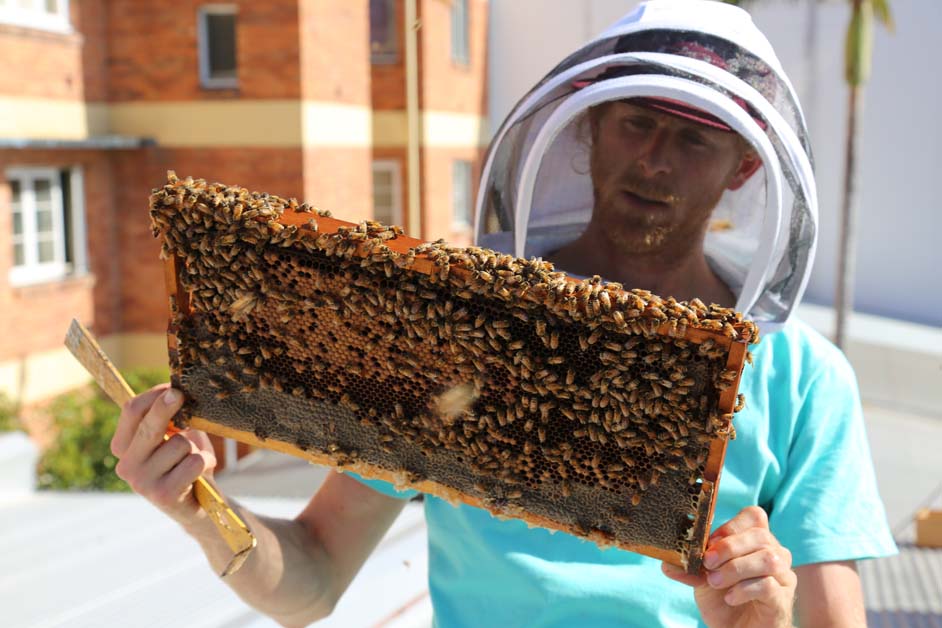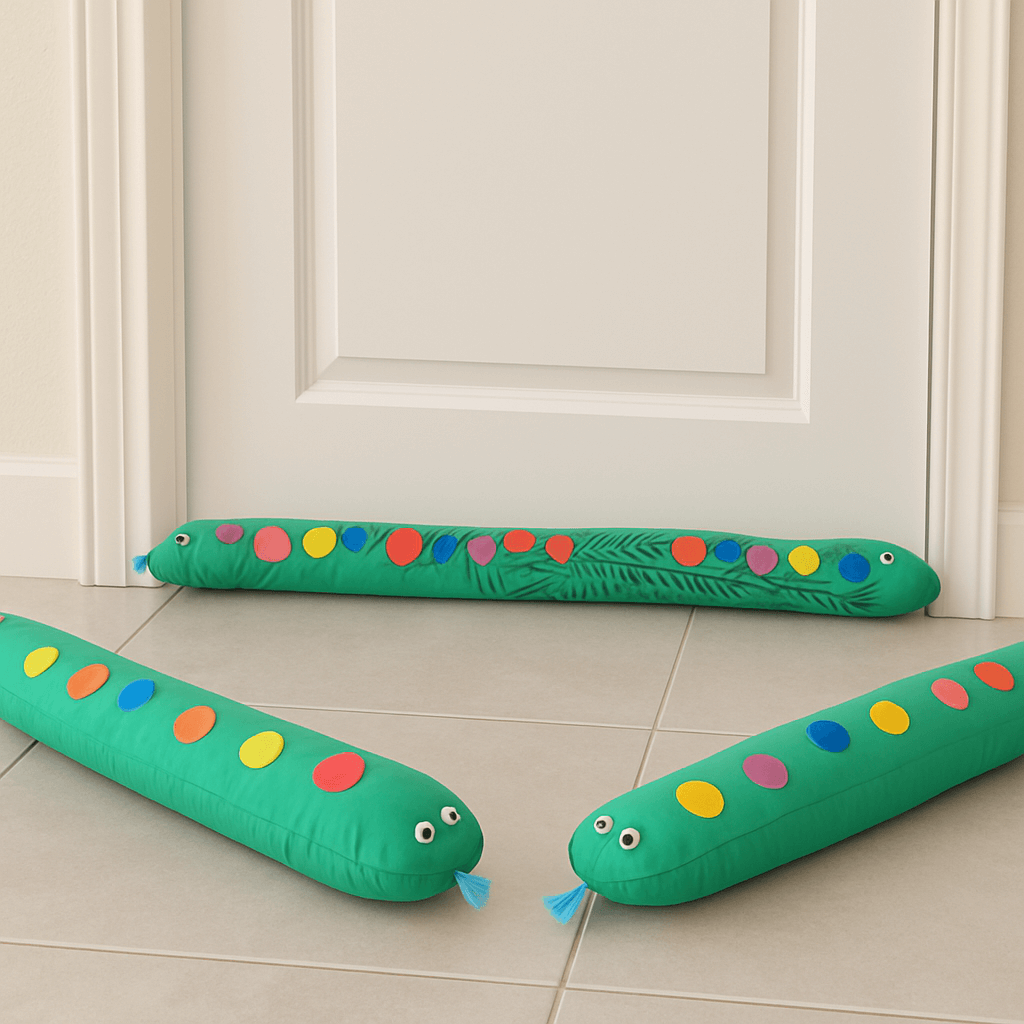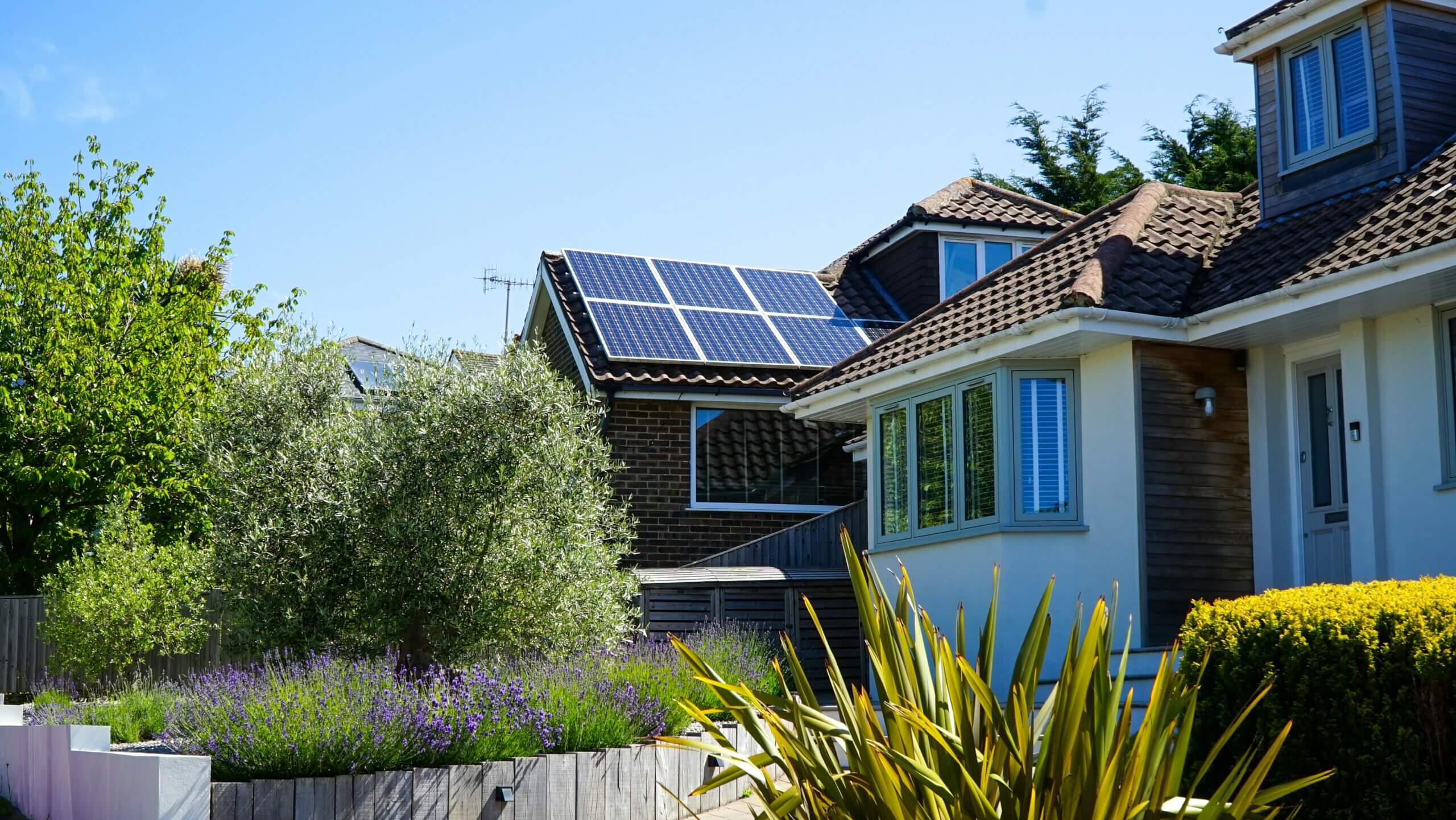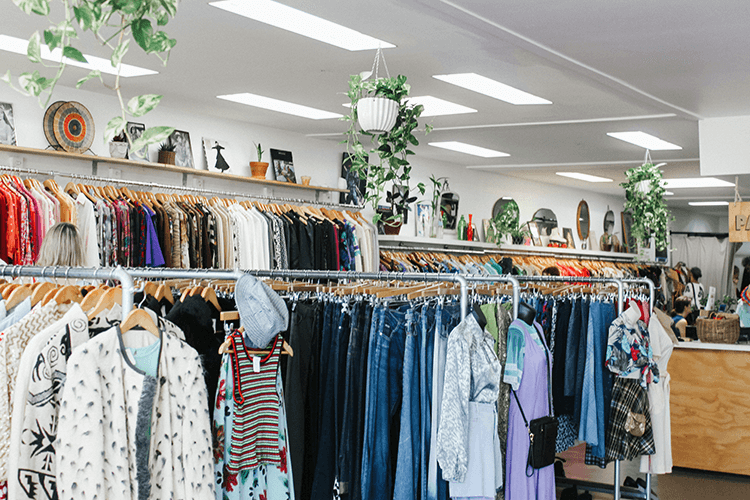GREEN GARDENING
Help native bees thrive in your garden with Bee One Third
Responsible for one-third of global food production, bees are an integral part of our lives. But living in an urban area might make you feel helpless in their plight. We chatted with Bee One Third founder Jack Stone to discuss his work and how you can help protect bee habitat.
If you’ve attended Brisbane City Council’s Green Heart Fair or perused the shelves of Biome Eco Stores, you may be familiar with Bee One Third’s honey. What you may not know is the extent of their work on restoring bees habitat.
BEE ONE THIRD DOES MORE THAN JUST PRODUCE HONEY
“Bee One Third is an urban bee-keeping business that helps small to medium-sized businesses bring bees back into their local community,” Jack Stone, Founder of Bee One Third, said.
“We work with local businesses to consult, implement, manage and ultimately maintain bee hives on their property. Those bees then act as a community pollinator, so we create pollination hubs in association with these businesses that we work with.
“These businesses that we’re working with…are green, modern businesses and they have a yearning desire to help where they can; to give back to their local community and also protect and nurture nature and the environment.”
Naturally, producing honey is a by-product of this bee-keeping, with Jack sharing that Bee One Third’s neighbourhood honey reflects the unique elements of the neighbourhoods where hives are located.

BEES (ALL KINDS) ARE IMPORTANT FOR URBAN AREAS
Jack shared that the deforestation and urbanisation over the past 30 years has destroyed bees’ habitat and food, as well as habitat and food for birds and insects.
Brisbane has not been immune to urbanisation, with introducing bees into suburbs a way to reliably continue pollination. Pollination allows plants to reproduce, contributing to new lines of plants and, importantly, food security.
“Pollinating our food system is vital to the future of our food security.”
“Pollination is vital to hundreds and hundreds of different plants,” Jack said.
“Not only do the bees get a good feed, but the plants get pollinated effectively and efficiently, and the farmer can return a positive crop.
“Without bees, the most efficient pollinator known to man, we would lose access to a huge amount of food.”
Over 65% of Australia’s agricultural pollination is thanks to bees, so the next time you enjoy almonds, macadamias, strawberries, berries, beans and legumes, think of their hard work.

ARE NATIVE BEES NEEDED IN URBAN AREAS?
Native bees aren’t known for their honey, but Jack confirmed that native bees are as important for pollination as their European counterparts.
“Here in Australia we have nearly 2,000 different species of native bees, the majority of which are solitary bees, where they live by themselves, not in a colony,” Jack shared.
“Diversity is key to any healthy and rich ecosystem, so [you should] encourage all types of bees, insects, wasps, butterflies, birds, flies.
“Anything that visits flowers and feeds on the nectar and transfers pollen, that is the key to providing the most efficient and effective platform for pollination.”

YOU KNOW BEES ARE IMPORTANT & THAT POLLINATION IS NEEDED IN URBAN AREAS, NOW HERE’S HOW TO MAKE A DIFFERENCE
If you like easy ways to help our planet, without a lot of work or money, and also result in a beautiful garden, then read on for Jack’s tips on supporting your local bee population.
I’ll preface these tips with some advice from Jack: you may not see bees in your garden, but they’re there in small numbers. So don’t be discouraged if you don’t see swarms of bees!
1. Leave out a bowl of water
“One way that we can encourage bees into our backyard is actually very easy,” Jack said.
“On a hot summer day, the best thing you can do for bees is actually place out a fresh bowl of water with a towel hanging over the side of the bowl, with the towel dipped in the bowl.
“That towel will absorb the water and provide a landing pad out of the water for the bees to land on and actually take water back to their hives, because each bee hive in the height of summer will require 1 litre of water.
2. Break up with chemicals
“Just stop using chemicals, plain and simply,” was Jack’s next tip.
This includes household chemicals, what you use to wash your shower and clean your floors, but most importantly what you use in your garden.
“As soon as you start spraying chemicals in the garden to fix a problem, you start having an impact on the microbiology of the soil, an impact on the visiting wildlife or insects that are coming into the garden that may be beneficial.
“They’re landing onto a plant or a piece of grass that has a chemical on it, and that chemical is ultimately poisoning them.”

3. Plant bee-friendly flowers
Jack’s third piece of advice is definitely a winner.
“There are plenty of different flower species, of different sizes and shapes, in clumping trees and hedges, draping vines and edibles, that provide the most delicious food for bees and pollinating insects.
“What you want to try and focus on is finding flowers or plants that produce both a nectar and a pollen, as those two foods are what bees go in search of.
“Just go and get some bee-friendly wildflower seeds and throw them, just coat your backyard in them and let them come to life.”
“The more habitat we can provide for insects and wildlife, the more we will actually see the bees visiting our gardens.”
Bee-friendly plants include:
- Clover
- Lavender
- Rosemary
- Thyme
- Sage
- Coriander
- Fennel
- Borage
- Sweet alyssum
- Poppy
- Sunflowers
Jack shared that springtime and summer is the perfect time to plant your flowers for bees to feed on, so start planning your garden or balcony plants now.
4. Stop mowing your lawns
Obsessed with a neat and tidy lawn? Truth is, a messy lawn is better for bees.
“When you’ve got dandelions or clover flower coming up on your lawns, don’t mow them,” Jack said.
“Just let them come to flower and let them reseed themselves.
“Clover is one of the most nutritionally beneficial flowers that a bee can find, and beekeepers find it very difficult to find clover for their bees. It’s high in nectar and it’s high in pollen.
“We’ve got to move away from this model of grass in our yards, and grass being the ultimate, the epitome of a beautiful backyard and front garden.
“We should be encouraging these messy lawns, these lawns that flower, and these lawns that bring insects in and bring ecosystems together.”

5. Add some bee hotels
“Put in some solitary bee houses that hang from your trees in your backyard,” Jack said.
“Look at what aspect you need to place those solitary bee homes in your backyard, because they might like more sun, they might like a bit of shade, they might like dappled sun, sun in the morning.
“Essentially what you’re doing is providing habitat for native and solitary bees, and that ultimately will help educate your family and future generations to take more care and better care of our ecosystem, and in turn the bees and insects.”
“Don’t be scared of insects visiting your garden. Everything plays a role in the cycle of life; flying insects, bees, wasps, flies, butterflies, they all help us.”

SUPPORT BEE ONE THIRD
The easiest way to support Bee One Third’s work is to buy their products (check out their website).
“All of our honeys are 100% natural and unheated, and basically unprocessed, so they come in all sorts of textures and shapes and tastes and liquids,” Jack said, encouraging people to be daring.
“These products are really good for you, so try some bee pollen. Next time you’re ordering honey from the website, try some bee pollen, order some honeycomb.
“These products are incredibly beneficial to human health and this is not hearsay, this is scientific fact, that these things have an amazing impact on our health and wellbeing.
“So give it a shot; local honey, there’s nothing better than it, and seasonal local honey as well, which is exactly what we do.”
MORE RESOURCES
- Learn about Jack’s hives and keeping European bees in this Live for Less article.
- Make a bee hotel of your own (here’s another Live for Less article), or purchase one from Biome.

The author
This post was written by the BSA Sustainable Living team! We’re here to help you reduce your environmental footprint and lower your cost of living along the way.








